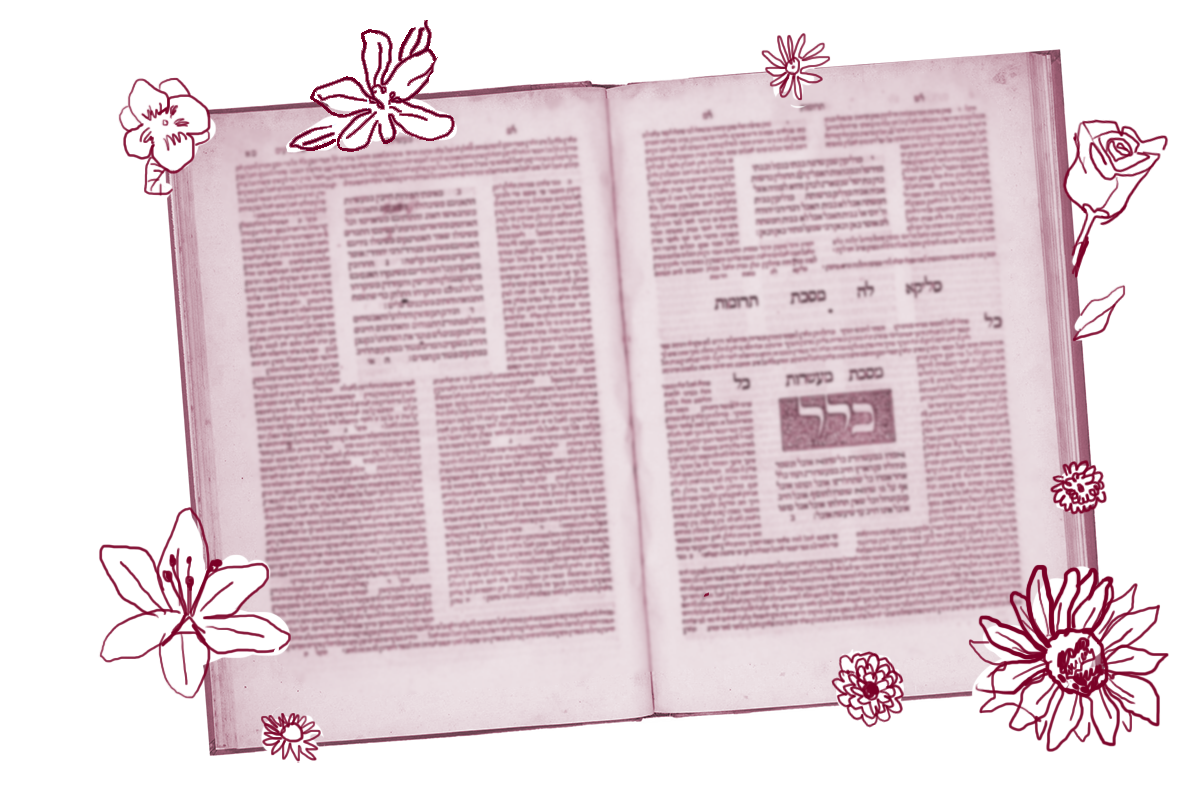On today’s daf, a mishnah presents a dispute between the rabbis and Rabbi Yohanan ben Beroka:
In a case of one who says: “So-and-so will inherit from me,” in a case where there is a daughter, or: “My daughter will inherit from me,” in a case where there is a son — he has said nothing, as he has stipulated counter to that which is written in the Torah.
Rabbi Yohanan ben Beroka says: If he said this about one fit to inherit from him, his statement stands, but if it was about one for whom it was not fit to inherit from him, his statement does not stand.
The Torah establishes an order of inheritance and, as we have seen, the rabbis hold that a declaration of inheritance that does not adhere to that order is invalid. Rabbi Yohanan ben Beroka, however, gives significantly more leeway. As long as the designated heir is a legal one (i.e. that they are named in Mishnah Bava Batra 8:1–2 as one who inherits), Rabbi Yohanan holds that a person can bypass the biblically prescribed order and apportion their property to that heir.
With your help, My Jewish Learning can provide endless opportunities for learning, connection and discovery.
After examining the positions found in the mishnah, the Gemara informs us that:
Rabbi Zerika says that Rabbi Ami says that Rabbi Hanina says that Rabbi Yehuda HaNasi says: The halakhah is in accordance with the opinion of Rabbi Yohanan ben Beroka.
Rabbi Abba said to Rabbi Zerika: It was stated that Rabbi Yehuda HaNasi ruled in an actual case in accordance with the opinion of Rabbi Yohanan ben Beroka.
Rabbi Zerika and Rabbi Abba both agree that Rabbi Yehuda HaNasi holds that we follow the opinion of Rabbi Yohanan ben Beroka on this matter, but they disagree about how we came to know this. Rabbi Zerika believes that we learn this law from rabbinic teachings; Rabbi Abba holds that the law is derived from an actual ruling in court.
One doesn’t have to read many pages of Talmud to realize that Rabbi Zarika and Rabbi Abba are both correct — law can be established both by teachings and by precedents in court — which makes the following a bit surprising:
The sages taught in a beraita: One may derive the halakhah neither from a statement nor from an incident where one saw a ruling issued in a certain manner, unless the sages explicitly tell him that it is the practical halakhah.
Even though there are plenty of examples in which the Talmud tells us that the law follows a particular rabbi, or that a particular ruling was made in a particular case, the beraita seems to be careful about applying this standard broadly. Given the talmudic predilection to make legal distinctions based on small details, this might be sage advice. Yet, even taking this into account, the beraita seems to be at odds with the standard operating procedures of the Talmud that accept the teachings of the rabbis as legally authoritative even when they do not explicitly state that they are practical halakhah.
The Meiri, a 13th century talmudic commentator, notes that when cited in the geonic literature this beraita reads differently: In place of the word statement (talmud), it says student (talmid): “One may derive the halakhah neither from a student nor from an incident where one saw a ruling issued in a certain manner…” If this is actually the original text, the beraita is telling us not to draw conclusions from that which we hear from a student, who may not have investigated the matter fully before jumping to a conclusion about the wider applicability of what they have learned, or a judicial decision, which may have been made based on the particular circumstances of the case that are not fully apparent to those who are not party to all of the details. This reading squares much better with what we encounter in the Talmud on a daily basis.
It’s a common scribal error to replace a vav (ו) with a yud (י), or vice versa, as a shorter than usual vav is practically indistinguishable from a longer than normal yud. This is the letter change that converts talmud into talmid in our beraita. The documentary evidence, therefore, allows us to entertain the possibility that the version of the beraita in our printed editions is not accurate. That the geonic version makes better sense might lead us to conclude that it is the more authentic one.
Before the advent of the printing press, the Talmud was preserved in manuscript form. Having been copied over and over again by human scribes, its transmission is bound to have some errors. The art and science of using manuscripts to resolve difficulties in the talmudic text is complex and the focus of many contemporary Talmud scholars. It’s given us the ability to uncover the influence of the talmudic editors and provided us with new tools to understand the talmudic text. As we can see from the Meiri, it is not a new science, but a practice Jews have employed for hundreds of years.
Read all of Bava Batra 130 on Sefaria.
This piece originally appeared in a My Jewish Learning Daf Yomi email newsletter sent on November 2, 2024. If you are interested in receiving the newsletter, sign up here.



